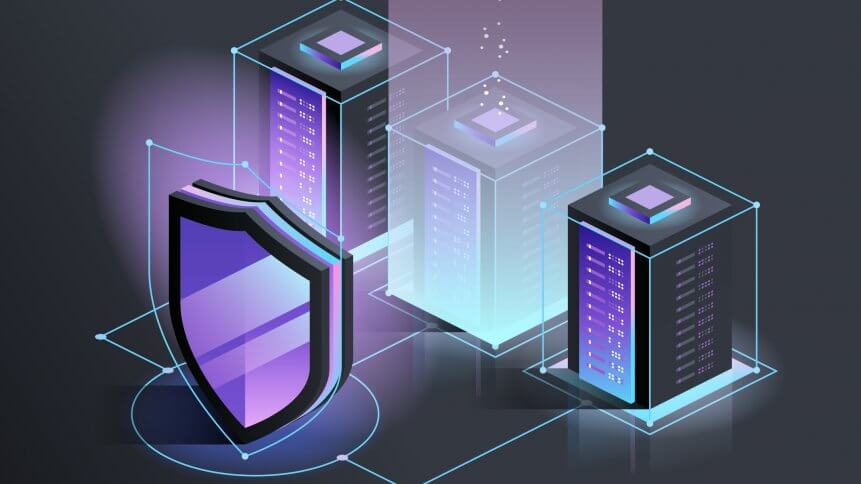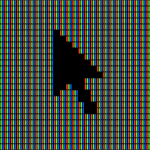The surging cybersecurity software market

- The demands of remote working have accelerated spending on cybersecurity software
- Between 2016 and 2021, the cybersecurity software market has been close to doubling revenue
- With increasingly sophisticated methods and means of attack emerging, software innovators are firing back
Global cybersecurity software revenues are expected to tip over US$45 billion in 2021, marking a 20% increase in the last two years.
That’s according to data presented by StockApps.com, and comes following the mass digitization of businesses during the pandemic, and the swell in opportunistic cyberattacks amid a widespread move to remote work and general disarray of the health crisis.
In 2016, the entire market was worth US$27 billion. In the next two years, revenues surged by more than 40% to exceed US$38 billion.
Organizations have prioritized cybersecurity when it comes to IT spend over the last year. A report by the IDC found that while two-thirds (67%) of CFOs planned to defer or cancel planned investments in order to manage uncertain market conditions, when it came to cybersecurity, just 2% of finance leaders were willing to cut spending. A TrustRadius 2020 survey of software buyers and users revealed that 41% of organizations increased their security software spending amid the pandemic.
The security software market includes all software solutions that aim to protect individual computing devices, networks, or any other computing-enabled device. It includes antivirus software, management of access, data protection and security against intrusions, and any other system-level security risks, both in local installation and cloud service.
Recent years have witnessed a massive adoption of these solutions, driven by the surge of e-commerce, huge technology developments including artificial intelligence and IoT (Internet of Things), and the rising number of connected devices. Along with the rollout of 5G, cyber attackers will be relishing the growing opportunity to compromise systems and networks, as even more devices become connected to the internet.
The growing sophistication of malware and methods of attack – as well as the increasing accessibility of it – has led to the emergence of a rich and innovative cybersecurity software market, comprising advanced and diverse cybersecurity tools and solutions.
Much of the innovation taking place could be towards cybersecurity automation, especially in light of an increasing scarcity of cybersecurity professionals.
Over the next year, for example, there is likely to be an acceleration in the use of Cloud SIEM (Security Information and Event Management), supported by machine learning-powered tools like Azure Sentinel, helping to uncover infiltrators before they access sensitive data.
This will be augmented by SOAR (Security Orchestration, Automation and Response) software programs that enable businesses to collect data about security threats, and automatically respond to low-level attacks. UEBA (User and Event Behaviour Analytics), meanwhile, uses machine learning and deep learning to model the behavior of users on corporate networks and detect behavior that could be the sign of a cyberattack.
Statista only expects the demand for cybersecurity software to keep hiking in the years to come, with revenues jumping to a potential US$61 billion by 2025.
The United States represents the leading security software market expected to generate US$22.8 billion, or 50% of revenues this year. Statista data indicates the US security software revenues jumped by 20% in the last two years, while the unified market is set to reach US$30.5 billion value by 2025.
With US$2.3 billion in revenue or almost ten times less than the leading United States, Germany ranked as the second-largest security software market globally. The United Kingdom, Japan, and China follow with US$2.2 billion, US$2.1 billion, and US$1.9 billion in revenue, respectively.










